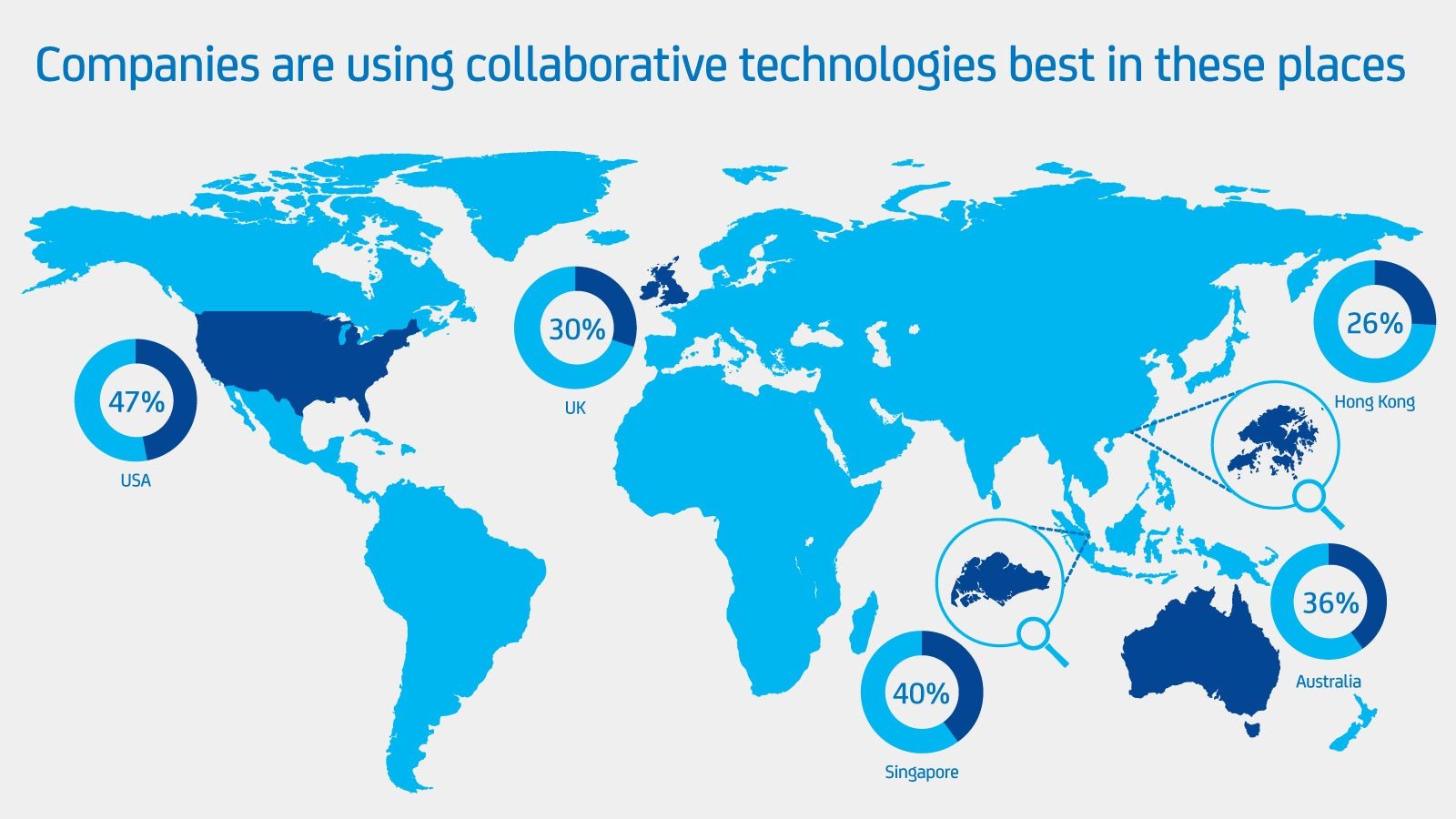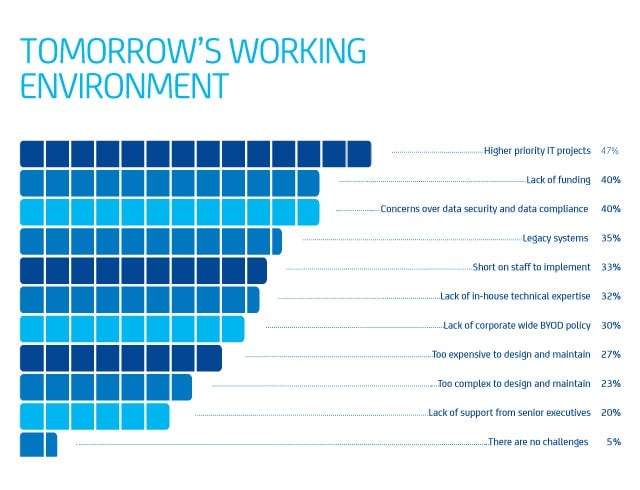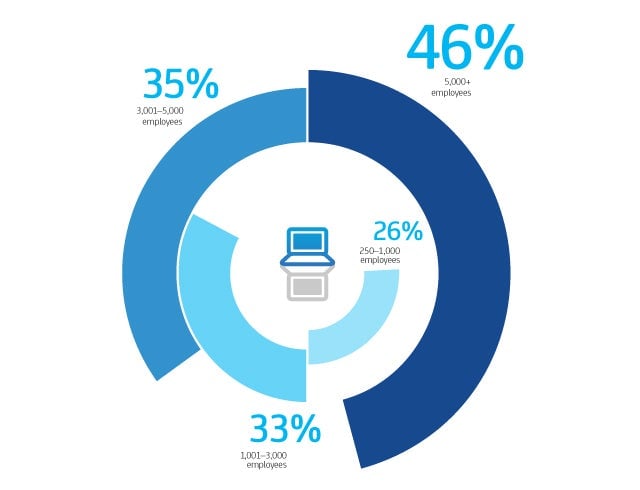Companies that aren’t prepared for remote working could be in trouble
With the emergence of IT trends such as cloud computing and remote access in recent years, organizations and their end users have become increasingly aware of new cloud-based technologies available for business use. Gone are the days when new technology appealed solely to IT departments; today, users across an organization are too plugged in to ignore new developments.


With the emergence of IT trends such as cloud computing and remote access in recent years, organizations and their end users have become increasingly aware of new cloud-based technologies available for business use. Gone are the days when new technology appealed solely to IT departments; today, users across an organization are too plugged in to ignore new developments.
As a result, those end users now have a critical role shaping the products and services that are commissioned for business use. The threat of Shadow IT looms: A failure to acknowledge end users’ interest and demand for current technology can mean that some business units source their own solutions instead of going to their IT departments. This can leave organizations exposed to security risks and hidden cost implications.

Recent research has revealed there are two kinds of organizations whose approaches vary when it comes to company IT policy: “superuser” and “traditional” organizations. Superusers, specifically, have identified over half of the available collaboration tools as enabling the organization to embrace remote working. Traditional user organizations have not.
Unsurprisingly, superusers are more aware of the current technology available for their organizations and are mindful of how these solutions can benefit them. Most importantly, superuser organizations are more likely to have either already adopted solutions to enable their business to adapt to end users’ expectations of the modern workplace environment, or are in the process of doing so.
Overall, superusers make up 42% of organizations, with the remaining 58% still adhering to a traditional approach. The manufacturing, mining and resources, and utilities sectors have a higher proportion of superusers than other industries while business and professional services, higher education and media sectors have the lowest proportion of superusers.
Regardless of industry, end users across organizations have high expectations of their current workplace. Most expect remote access, mobility, desktop virtualization and video conferencing as standard. These expectations have grown with the emergence of IT trends such as cloud computing.
It’s not always easy to implement the tools that end users expect. In fact, almost all (95%) surveyed IT decision makers find this to be a challenge. These challenges have significant implications for organizations. Facilitating remote access and mobility will force an organization’s infrastructure to be more open, which has the potential to leave data exposed or to allow entry to the network from unauthorized connections. Implementing new security processes to protect the organization from these risks has a cost implication.

Further, end users are demanding that their organizations provide them with collaboration tools. To fulfill end user demands, most organizations have adopted some elements of Unified Communication-as-a-Service (UCaas). UCaaS refers to the use of a cloud-based solution to integrate multiple collaboration tools such as video, voice, data and instant messaging. It can lead to better working practices as it enables employees to be more productive, share ideas more easily, and communicate from different locations across numerous devices. Traditional organizations that lack awareness and understanding could miss out on a vital method of improving productivity.
Traditional organizations may not have the awareness or understanding to implement tools that improve the end-user experience. For organizations looking to meet the demands of savvy end users, working with cloud service providers can help them prepare for the coming flexible work environment, maximizing overall productivity, increasing satisfaction, and limiting the impact of shadow IT.
This article was written by Telstra and not by the Quartz editorial staff.